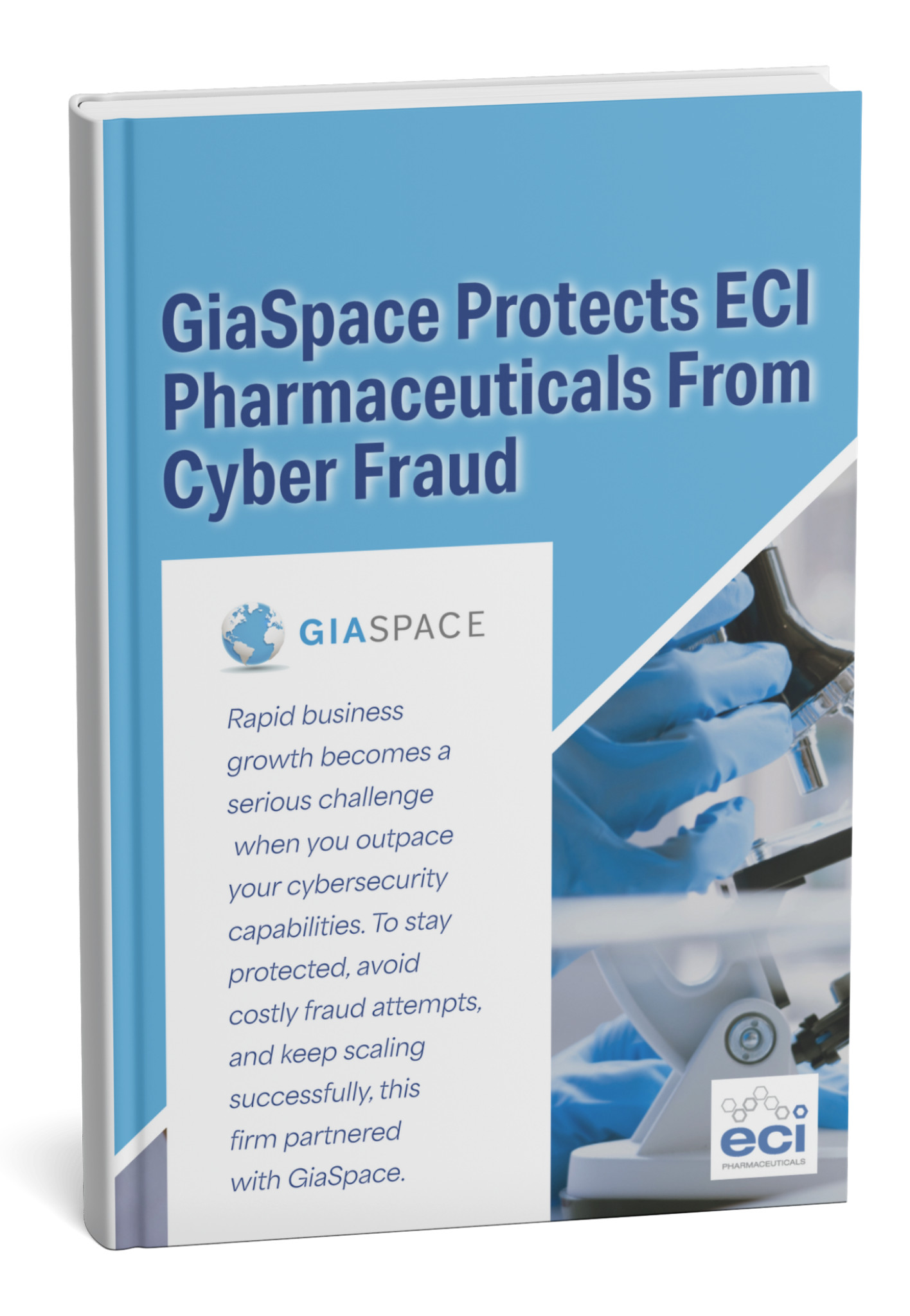Master cybersecurity’s 5Cs: Change, Compliance, Cost, Continuity, and Coverage. Build an adaptive, resilient, and financially smart defense against evolving digital threats.
| Metric | Value | Source |
| Average Cost of Data Breach | $4.45 Million | IBM Security X-Force Cost of a Data Breach Report 2023 |
| Cyberattack Recovery Time | 287 Days (avg.) | IBM Security X-Force Cost of a Data Breach Report 2023 |
| Companies with Ransomware Attack | 72% | Sophos State of Ransomware Report 2023 |
Understanding Cyber Security’s Essential ‘5Cs’ Framework
In the relentless battle against cyber threats, a robust and adaptive defense is paramount. But what truly defines comprehensive cybersecurity? It’s more than just firewalls and antivirus; it’s a strategic, holistic approach that considers every facet of your digital resilience. We introduce the “5Cs” framework – a quintessential quintuplet designed to guide organizations in building an ironclad cybersecurity posture. These five pillars – Change, Compliance, Cost, Continuity, and Coverage – are interconnected and equally vital, ensuring your defenses are not only strong today but adaptable for tomorrow’s challenges. Understanding each “C” is the first step toward a more secure and resilient future.
C1: Embracing Change – Adapting to the Evolving Threat Landscape
The cybersecurity landscape is in perpetual motion. New threats emerge daily, attack vectors evolve, and technologies shift at breakneck speed. Remaining static in this dynamic environment is an open invitation for breaches. The “Change” pillar emphasizes the critical need for constant adaptation.
- Continuous Threat Intelligence: Stay informed about the latest malware, phishing techniques, ransomware variants, and zero-day vulnerabilities. Leverage threat intelligence feeds to anticipate and prepare for attacks.
- Agile Security Architectures: Build security systems that can be rapidly updated, scaled, and reconfigured to address new risks without disrupting operations. Think flexible cloud security, microservices protection, and container security.
- Regular Vulnerability Management: Implement a disciplined patching and vulnerability management program. Unpatched systems are a primary entry point for attackers.
- Security Awareness Training Evolution: Cybercriminals constantly refine their social engineering tactics. Employee training must evolve alongside these threats, covering new phishing lures, deepfakes, and social engineering schemes.
Embracing change means cultivating a proactive security mindset where learning and adaptation are fundamental, transforming potential weaknesses into continuous strengths.
C2: Ensuring Compliance – Navigating the Regulatory Maze
In today’s interconnected world, cybersecurity is inextricably linked to regulatory compliance. From GDPR and HIPAA to PCI DSS and industry-specific mandates, adhering to a complex web of laws and standards isn’t just good practice—it’s a legal imperative with significant financial and reputational consequences for non-compliance.
- Identify Your Regulatory Obligations: Clearly define which laws, regulations, and industry standards apply to your organization based on your data, industry, and geographic reach.
- Implement Controls Mapping: Map your security controls directly to specific regulatory requirements. This demonstrates due diligence and helps identify gaps.
- Conduct Regular Audits and Assessments: Perform internal and external audits to verify compliance. Proactive assessments uncover issues before they become costly violations.
- Maintain Comprehensive Documentation: Keep meticulous records of your security policies, procedures, and evidence of compliance efforts. This documentation is crucial during audits.
- Stay Updated on Policy Changes: Regulatory landscapes are dynamic. Assign responsibility for monitoring legislative changes and adapting your compliance program accordingly.
Compliance not only protects you from legal repercussions but also instills confidence in customers and partners, demonstrating your commitment to data protection and ethical operations.
C3: Optimizing Cost – Investing Wisely in Cybersecurity
Cybersecurity is an investment, not just an expense. However, inefficient spending can drain budgets without delivering proportional protection. The “Cost” pillar focuses on strategic allocation of resources to achieve maximum security ROI, especially when every dollar counts.
- Risk-Based Prioritization: Don’t secure everything equally. Identify your most critical assets and the most probable threats, then allocate your budget to protect what matters most.
- Cost-Benefit Analysis: Evaluate potential security investments against the potential costs of a breach (e.g., fines, downtime, reputational damage). Investing $100k to prevent a $5M breach is a clear win.
- Leverage Existing Investments: Maximize the utility of your current security tools and infrastructure before investing in new ones. Often, organizations underutilize existing capabilities.
- Automation and Consolidation: Automate routine security tasks to reduce manual effort and human error. Consolidate security tools where possible to streamline management and reduce licensing costs.
- Outsource Wisely: Consider Managed Security Service Providers (MSSPs) for specific functions like threat monitoring, incident response, or vulnerability management if it proves more cost-effective than building an in-house team.
Smart cost optimization ensures your cybersecurity budget delivers tangible value, providing robust defense without unnecessary expenditure.
C4: Bolstering Continuity – Keeping Your Business Resilient
A successful cyberattack isn’t just a security incident; it’s a potential business disruption. The “Continuity” pillar focuses on ensuring your operations can withstand and rapidly recover from any cyber-related disruption, minimizing downtime and financial loss.
- Develop Robust Incident Response Plans (IRP): Create detailed, actionable plans for responding to various cyber incidents (e.g., ransomware, data breach, denial-of-service attack). Define roles, responsibilities, communication protocols, and steps for containment, eradication, and recovery.
- Implement Comprehensive Backup and Recovery Strategies: Regularly back up all critical data and systems. Crucially, test these backups frequently to ensure they are recoverable and uncorrupted. Diversify backup locations (on-site, off-site, cloud).
- Establish Disaster Recovery (DR) Capabilities: For critical systems, develop and test disaster recovery plans that allow for rapid restoration of services in an alternate environment following a major outage.
- Business Continuity Planning (BCP): Extend beyond IT systems to consider how your overall business operations will continue during and after a cyber incident. This includes communication plans, alternative work arrangements, and critical vendor management.
- Regular Drills and Tabletop Exercises: Don’t just create plans – test them! Conduct regular drills and tabletop exercises to identify weaknesses in your IRP, DR, and BCP, ensuring your team can execute them effectively under pressure.
Strong continuity ensures that even when attacked, your business remains operational, safeguarding revenue, reputation, and customer trust.
C5: Achieving Coverage – A Holistic Defense Strategy
Cyber attackers don’t discriminate. They target every potential entry point, from network perimeters to individual endpoints, data in the cloud, and the human element. “Coverage” demands a holistic, layered defense that protects all your digital assets and attack vectors.
- Network Security: Implement firewalls, intrusion detection/prevention systems (IDPS), and network segmentation to control traffic flow and prevent unauthorized access.
- Endpoint Security: Deploy advanced endpoint detection and response (EDR) solutions, antivirus, and host-based firewalls on all devices (laptops, servers, mobile phones).
- Data Security: Protect data at rest and in transit through encryption, data loss prevention (DLP) solutions, and access controls. Understand where your sensitive data resides.
- Application Security: Integrate security into your software development lifecycle (SDLC). Conduct regular code reviews, penetration testing, and use Web Application Firewalls (WAFs) to protect applications from common attacks.
- Identity and Access Management (IAM): Implement strong authentication (Multi-Factor Authentication – MFA), manage user identities, and enforce the principle of least privilege (PoLP) to ensure only authorized users have access to specific resources.
- Cloud Security: Secure your cloud environments with cloud security posture management (CSPM), identity security, and network security tailored to cloud services.
Comprehensive coverage means leaving no stone unturned, building a strong, interconnected security fabric that protects every part of your digital ecosystem.
The Interconnected Power of the 5Cs
While each of the “5Cs” addresses a distinct aspect of cybersecurity, their true strength lies in their interdependence. Neglecting one “C” can severely compromise the effectiveness of the others.
- Without Change, your Coverage becomes outdated, Compliance lapses, and Continuity plans become irrelevant to new threats.
- Lack of Compliance can lead to hefty Costs (fines, lawsuits) and erode customer trust, impacting Continuity.
- Poor Cost optimization leads to underfunded or inefficient security, compromising Coverage and making Continuity a pipe dream.
- Insufficient Continuity planning means any successful breach, regardless of your Coverage, can halt business and incur massive Costs.
- Incomplete Coverage leaves glaring vulnerabilities that undermine Change efforts and make Compliance impossible to prove.
The 5Cs form a synergistic cycle: continuous adaptation (Change) informs what needs to be secured (Coverage), how much to spend (Cost), how to adhere to rules (Compliance), and how to recover (Continuity). By addressing all five, organizations build a truly resilient and future-proof cybersecurity defense.
Implementing the 5Cs: Practical Steps for Your Organization
Ready to put the 5Cs into action? Here’s a structured approach to integrate this powerful framework into your organization’s cybersecurity strategy:
- Assess Your Current State: Conduct a thorough audit of your existing security posture across all five areas. Where are your strengths? What are your most significant gaps in Change, Compliance, Cost, Continuity, and Coverage?
- Prioritize and Plan: Based on your assessment, identify the most critical areas for improvement. Develop a roadmap with clear objectives, timelines, and responsible parties for each ‘C’.
- Allocate Resources: Secure the necessary budget, tools, and personnel. Remember, optimizing Cost doesn’t mean cutting corners, but investing wisely.
- Implement and Integrate: Roll out new security controls, update policies, and enhance processes. Ensure new initiatives are integrated seamlessly with existing systems and workflows.
- Train and Educate: Provide ongoing training to your entire staff, from executives to front-line employees, on their role in maintaining cybersecurity across all 5Cs. Foster a culture of security awareness.
- Monitor and Measure: Continuously track key performance indicators (KPIs) related to each ‘C’. Are your change processes effective? Is compliance improving? Are costs optimized? How quickly do you recover? What is your actual coverage?
- Iterate and Refine: The 5Cs framework is not a one-time project. Regularly review your progress, learn from incidents (both internal and external), and adapt your strategies to the ever-changing threat landscape.
By following these practical steps, your organization can systematically strengthen its cybersecurity defenses, ensuring comprehensive protection against today’s threats and tomorrow’s challenges.
Measuring Success: Are Your 5Cs Protecting You?
Implementing the 5Cs framework is a continuous journey. To ensure your efforts are yielding tangible results, it’s vital to measure your success. Effective metrics provide insights, justify investments, and drive continuous improvement.
- For Change:
- Patching Cadence: Average time to patch critical vulnerabilities.
- Threat Intelligence Adoption: Percentage of new threats identified and mitigated within a set timeframe.
- Security Training Completion Rates: Percentage of employees completing regular security awareness training.
- For Compliance:
- Audit Pass Rates: Success rate in internal and external compliance audits.
- Number of Non-Compliance Incidents: Track any regulatory fines or violations.
- Policy Review Frequency: How often security policies are reviewed and updated to reflect new regulations.
- For Cost:
- ROI on Security Investments: Quantify the return on investment for new security tools or initiatives.
- Cost of Breach Prevention vs. Recovery: Compare spending on proactive measures versus reactive incident response.
- Security Tool Utilization: Percentage of deployed security features actively used.
- For Continuity:
- Mean Time to Recover (MTTR): Average time taken to restore services after an incident.
- Backup Success Rate: Percentage of successful data backups.
- Incident Response Drill Effectiveness: Scores or lessons learned from tabletop exercises and drills.
- For Coverage:
- Asset Inventory Completeness: Percentage of all digital assets accounted for and protected.
- Vulnerability Scan Coverage: Percentage of systems regularly scanned for vulnerabilities.
- MFA Adoption Rate: Percentage of users utilizing multi-factor authentication.
By consistently measuring these and other relevant KPIs, you can demonstrate the effectiveness of your 5Cs strategy and continually refine your approach to cybersecurity.
Securing Tomorrow: Why the 5Cs are Your Cybersecurity Foundation
In an age where cyber threats are not just a possibility but an inevitability, a robust and adaptable cybersecurity strategy is the bedrock of business resilience. The “5Cs” – Change, Compliance, Cost, Continuity, and Coverage – provide a foundational framework, transforming complex security challenges into manageable, interconnected pillars of defense.
This comprehensive approach ensures you’re not merely reacting to the latest attack but proactively building a resilient, compliant, and cost-effective security ecosystem. By embracing continuous adaptation, adhering to regulations, optimizing your investments, planning for seamless recovery, and ensuring all assets are protected, you fortify your organization against financial losses, reputational damage, and operational disruptions. The 5Cs are your roadmap to a secure digital future, transforming cybersecurity from a daunting challenge into a strategic advantage that allows your business to thrive, no matter what tomorrow brings.
Published: Jun 25, 2025







